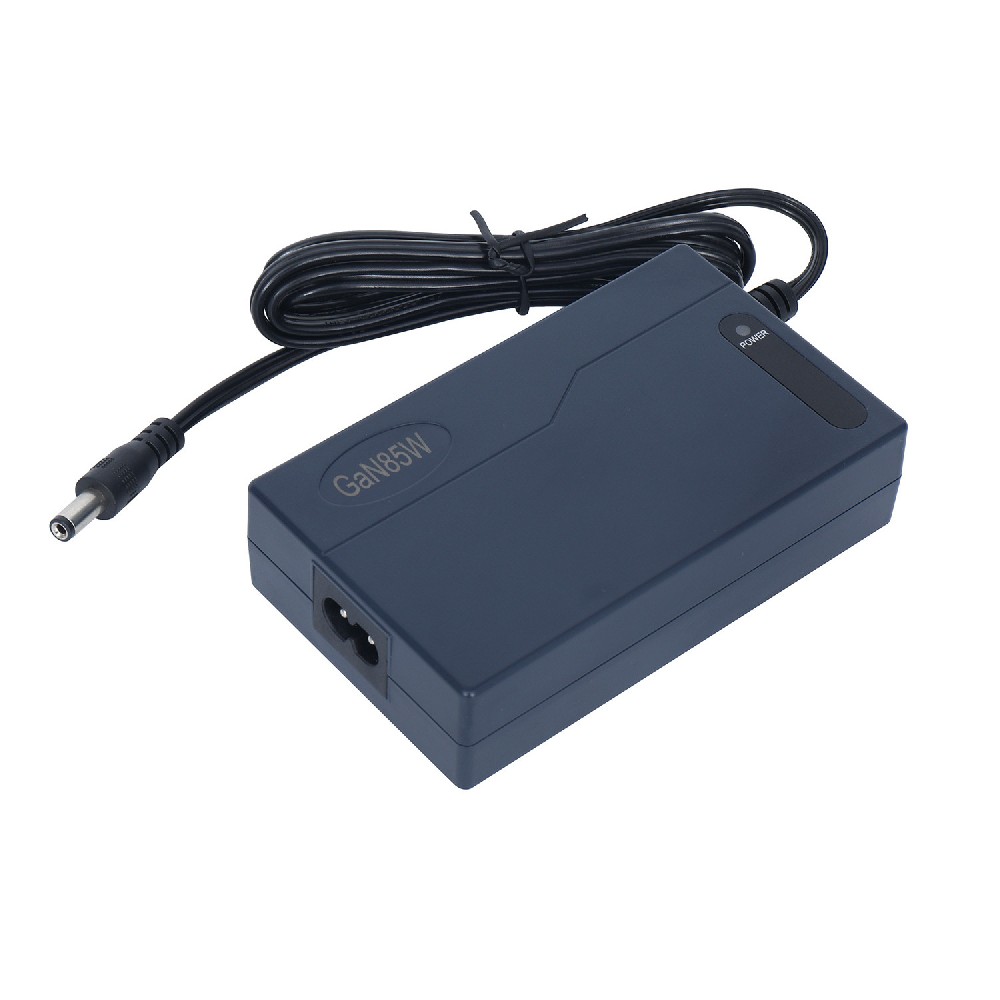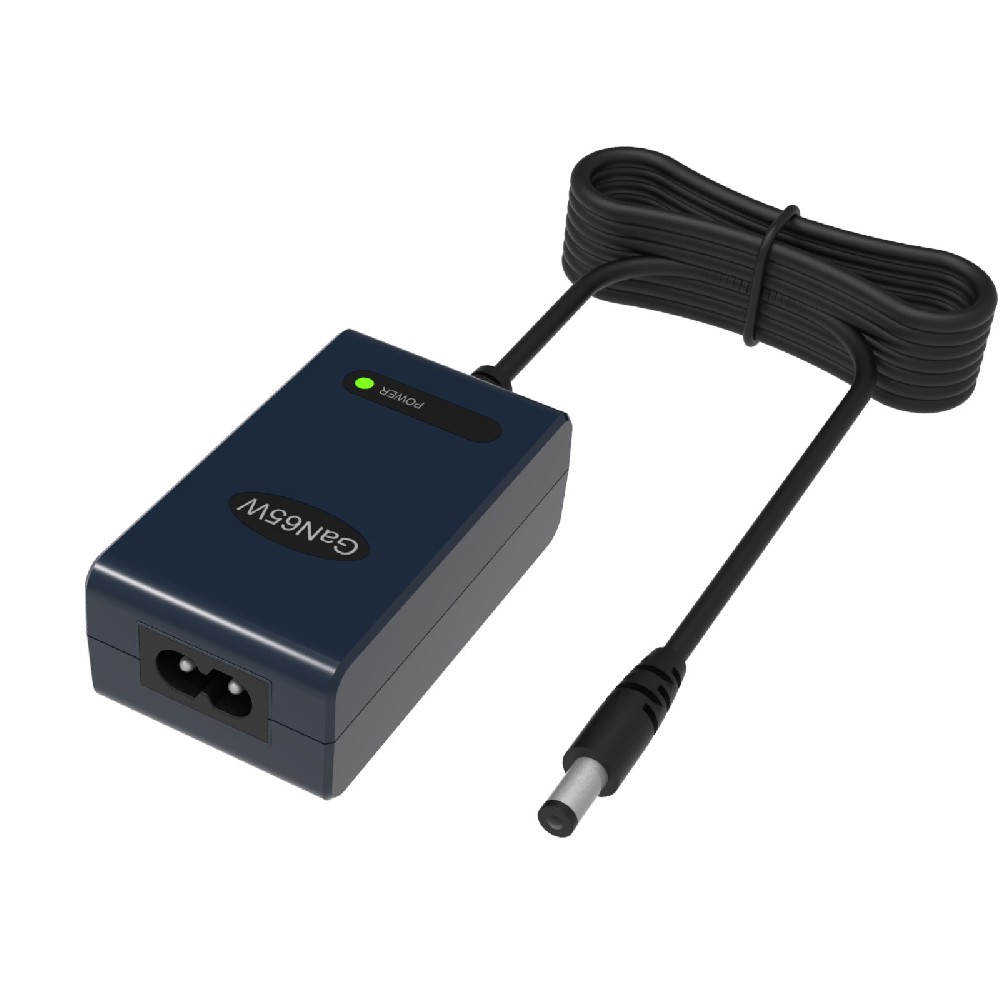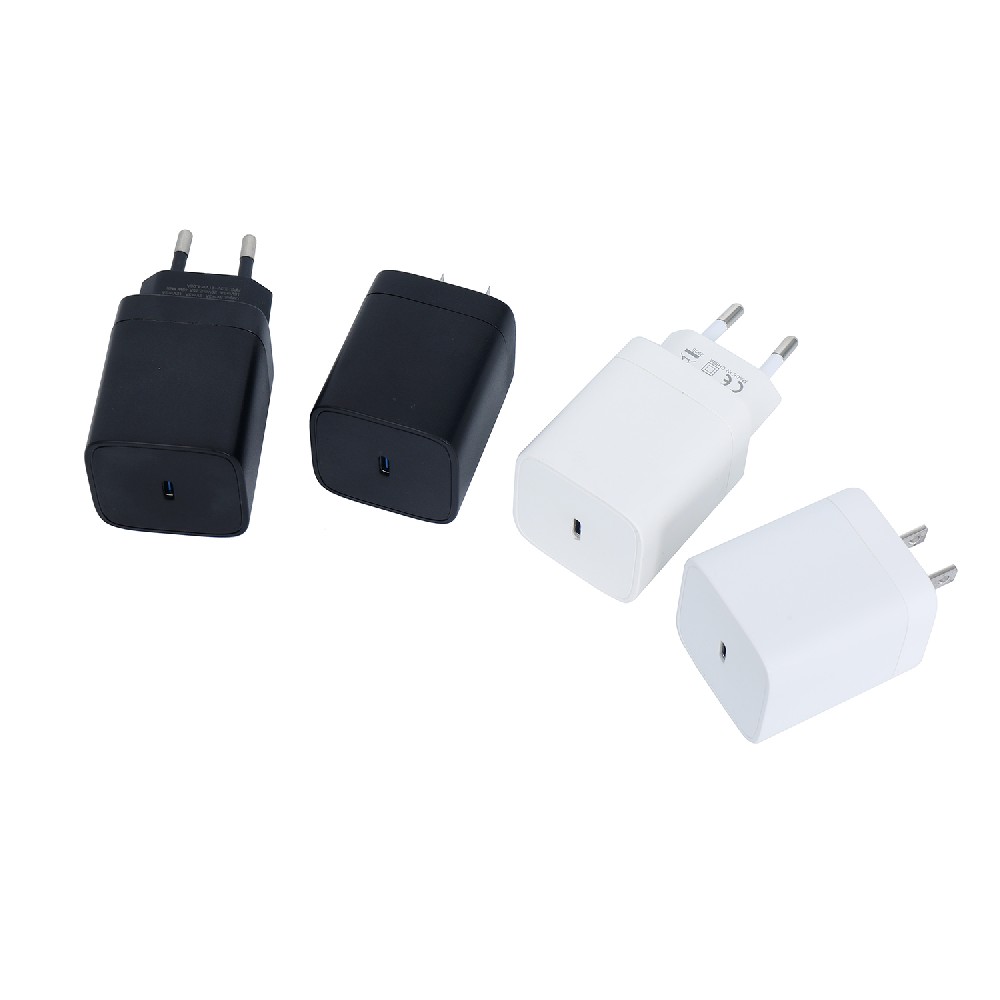Information Center
Maximize Your Battery Life: Understanding and Building a Reliable Battery Charger Circuit
Published:2023-06-07 10:38:15 Author:Green WCND Views:54A battery charger circuit is an essential device used to recharge batteries that have lost their charge. It is an electronic device that controls the charging process and prevents the battery from being overcharged or undercharged, thus prolonging its lifespan.

Battery chargers come in different forms, such as simple linear chargers, switch-mode chargers, and pulse chargers, each with unique features, advantages, and disadvantages. Linear chargers are simple and usually less expensive, but they have a slower charging rate and generate more heat than other types of chargers. Switch-mode chargers, on the other hand, are more advanced and have a higher charging rate, but they are more complex and expensive.

The battery charger circuit has three main components: a power supply, a charging circuit, and a control circuit. The power supply provides the necessary voltage and current to the charging circuit, while the charging circuit regulates the voltage and current applied to the battery. The control circuit monitors the battery’s voltage and current and adjusts the charging process accordingly.
The charging process of a battery charger circuit involves three stages, namely the bulk charge, absorption charge, and float or maintenance charge. In the bulk charge stage, the charger supplies a high current to the battery until it reaches a specific voltage level. In the absorption charge stage, the charger reduces the current supplied to the battery to maintain the voltage level. In the float or maintenance charge stage, the charger maintains the battery’s voltage at a specific level to prevent overcharging or self-discharge.
The battery charger circuit can be built using various electronic components, including transistors, diodes, resistors, capacitors, and integrated circuits. However, to build an effective and reliable charger, it is necessary to consider several factors such as the battery chemistry and capacity, the charging rate, the safety features, the cost, and the environmental impact.
In conclusion, a battery charger circuit is a critical device that enables the recharge of batteries, making it a vital component in various applications such as portable electronic devices, electric vehicles, and renewable energy systems. It is essential to choose the appropriate charger circuit based on the battery type and application requirements to ensure safe and efficient charging.
IntroductionGolf carts serve as vital transportation tools on golf courses, and their performance and reliability are crucial for enhancing player experience an···
The battery pack is the heart of a golf cart, silently powering every acceleration and climb on the green. However, battery degradation often goes unnoticed, mu···
The battery pack is the heart of a golf cart’s power system, yet maintaining it has long been a challenge for technicians. Traditional troubleshooting methods—···
For golf course managers, ensuring smooth and efficient operations is crucial for providing a memorable experience for golfers and maintaining the reputation of···





